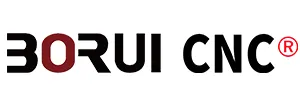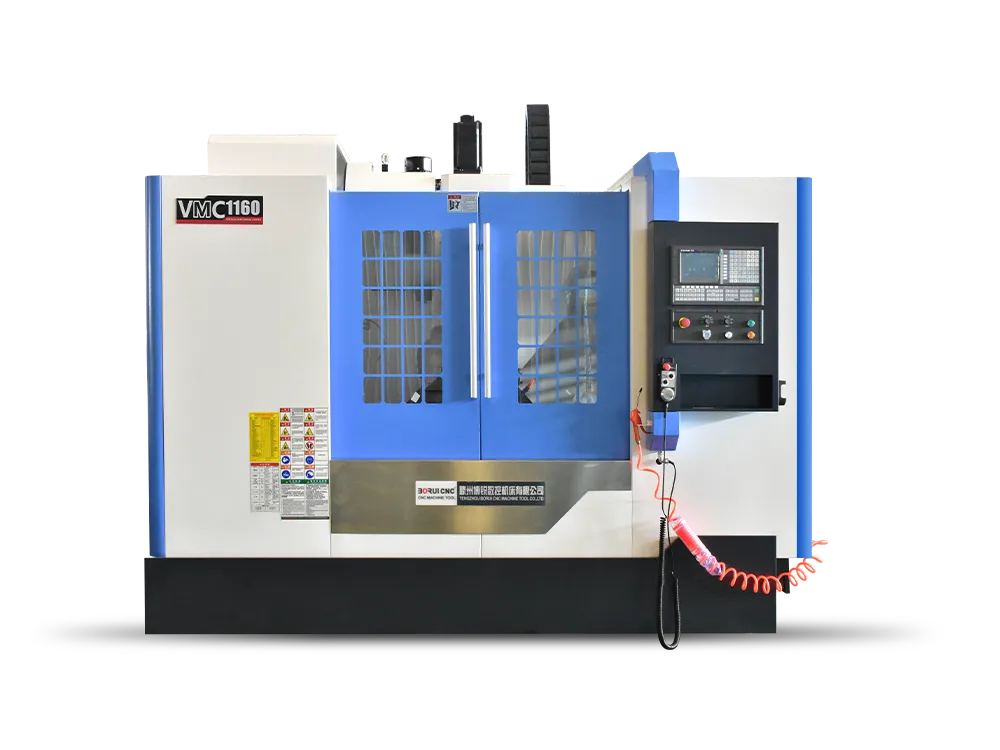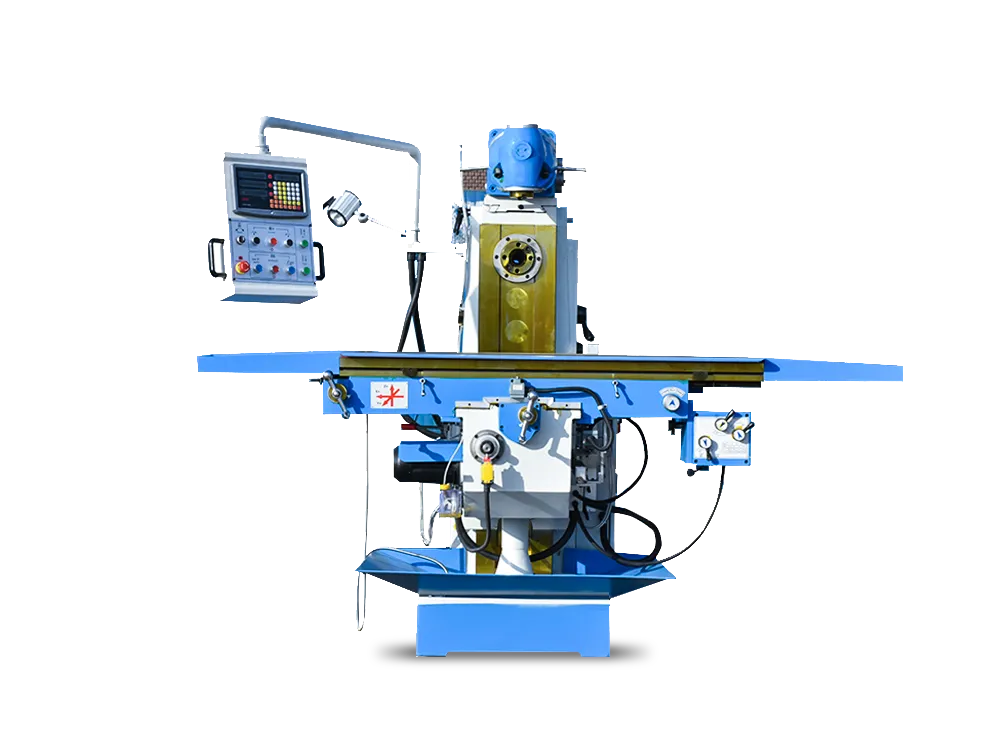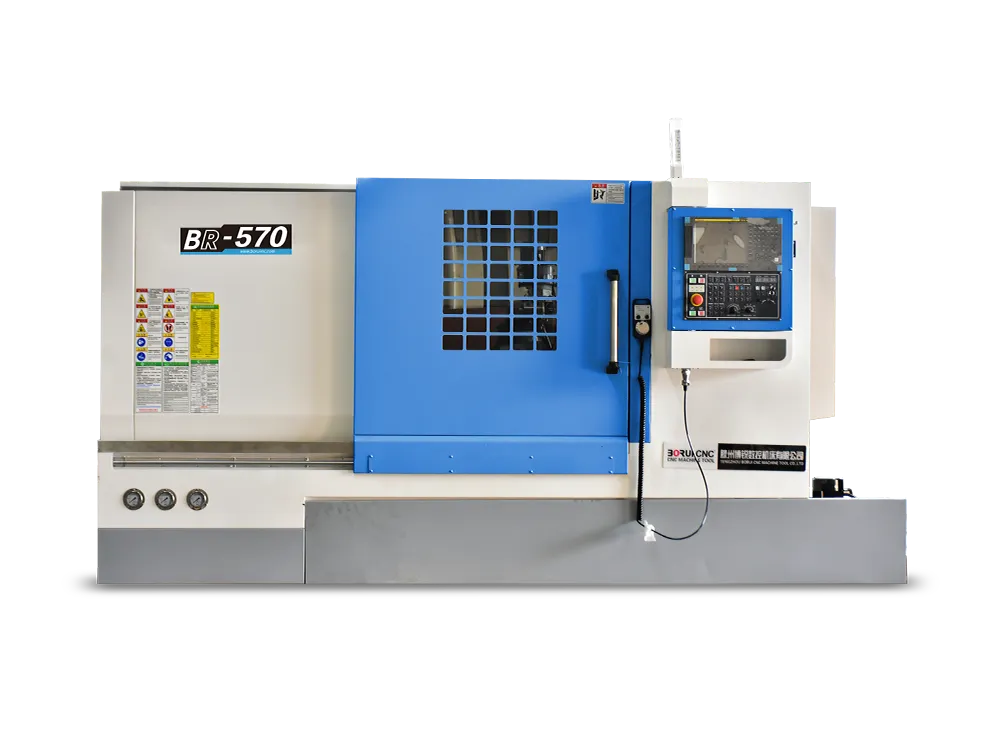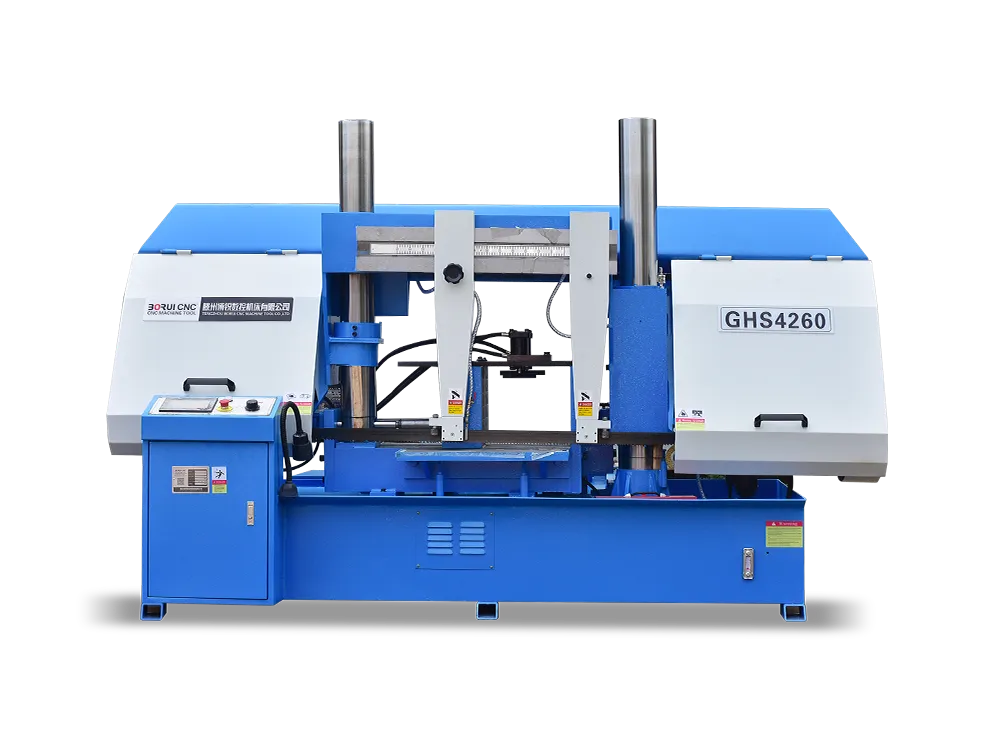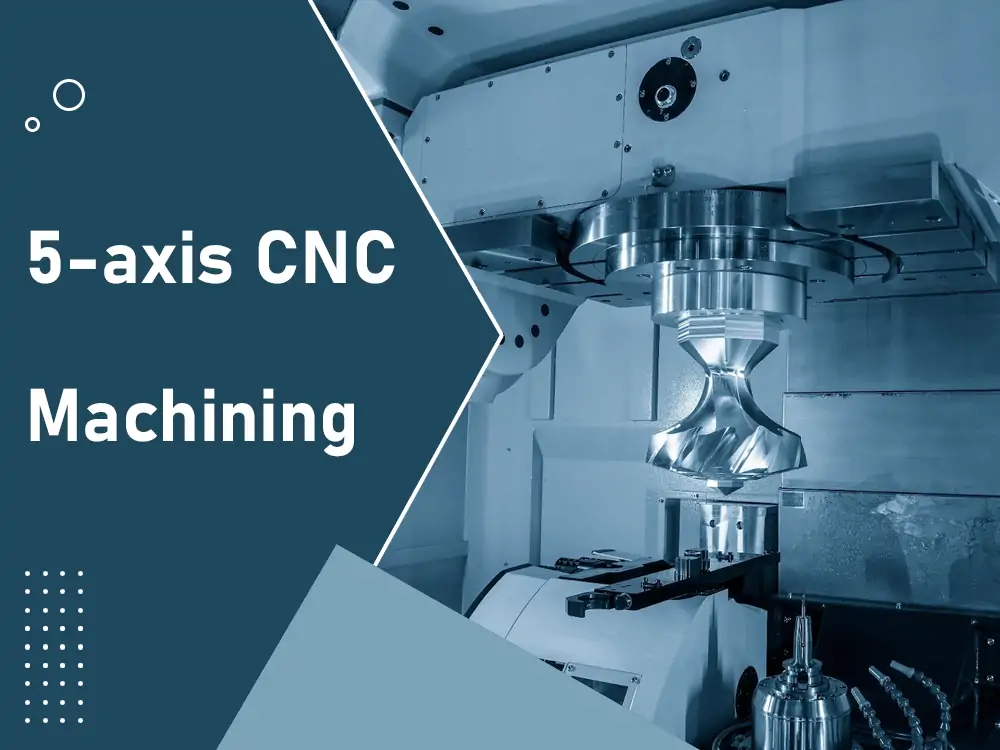
A 5-axis CNC machine is an incredible tool for complex manufacturing needs. On a 5-axis CNC machine, the cutting tool can move along X, Y, and Z axes, plus two rotating axes that operate simultaneously. It can cut workpieces from almost any direction.
These machines handle intricate designs with tight tolerances. That’s why they are used in industries where detailing and quality is critical. It helps manufacturers meet demanding standards. Many sectors such as aerospace, automotive and medical, rely on such machines to produce turbine blades, engine parts, and surgical instruments. This article explores deeper about the tool so, let’s begin.
5-axis CNC machining working– The overview
The Five Axes
5-axis CNC machining uses five different movement directions. It creates complex parts with high precision. These include three straight-line movements and two rotational movements.
Linear Axes
The three linear axes are the foundation of all CNC machining:
- X-axis: The left and right movements are controlled by the X-axis. The horizontal axis lets the cutting tool or workpiece move in a left-to-right direction. It creates width in the machined part. The X-axis is necessary to make horizontal features such as slots and pockets.
Y-axis: It manages the front-to-back movement. The Y-axis is perpendicular to the X-axis, and together, they produce two-dimensional cutting. Specifically, this axis enables the forward and backward motion of the cutting head. It determines the depth of cuts in relation to the machine’s front. The Y-axis allows you to create features that run the length of the part.
Z-axis: It manages movement along the vertical axis, which allows the cutting tool to move up and down. The vertical axis ensures the correct depth of cut into the material. The Z-axis makes different heights and depths possible in the workpiece.
The cutting tool can be placed in any three-dimensional space with these movements.
Rotational Axes
What distinguishes 5-axis machining is the additional two rotational axes. These axes allow the workpiece to rotate around both the X and Y axes, giving it exceptional capabilities to create complex and intricate designs.
- A-axis: Rotation around the X-axis. This tilt axis allows the cutting tool to approach the workpiece at various angles. The A-axis rotation typically occurs through table movement in trunnion-style machines.
B-axis: Rotation around the Y-axis. This enables the tool or workpiece to rotate perpendicular to the cutting direction. In many machines, the B-axis rotation happens through the swiveling of the spindle head.
Sometimes, there’s a C-axis. It works with a combination of the A or B axis. The specific combination depends on the machine design and its intended use.
Machine Configurations
5-axis machines come in several configurations:
- Table/Table: The workpiece rotates on a moving table while the cutting tool moves in straight lines
- Head/Head: The workpiece stays still while the cutting tool moves and rotates
- Head/Table: Some rotation happens at the table, some at the cutting head
These five axes working together let manufacturers make complex parts in a single setup, reducing production time and improving accuracy.
The Work Process:
Working begins when the engineers design a 3D CAD model. After that, the data is translated into G-code for machine use using CAM software. The operator positions the material, adds the cutting tools, and adjusts the positions of the machine’s axes. When machining, the tool moves on X/Y/Z axes, and at the same time, two rotational axes (A/B/C) can tilt or rotate the workpiece. The process of indexed machining stops cutting while the axis is repositioned. It operates nonstop, always maintaining five-axis movement at the same time. The dual-axis rotation makes it possible to use multiple tools from any angle. Besides, it allows for creating detailed shapes in a single setup with extreme precision.
Advantages of 5-axis CNC machining
Easier Setup
Machines can handle parts from different angles in the same setup. You do not need readjust the workpiece manually. Because there are fewer steps, the chances for error decrease and the accuracy of dimensions are better. Businesses have found that the setup time is reduced by up to 60% when using 5-axis compared to 3-axis machining.
Improved Precision and Accuracy
These machines are so precise that tolerances reach ±0.0002 inches. They can maintain high accuracy on complex objects. Continuous movement of the workpiece in all directions prevents misalignment errors. Precise manufacturing is very important for parts used in aerospace and medicine.
Advanced Geometry Capabilities
These machines can make designs that are difficult or impossible to make by hand. They can easily work with undercuts, curved shapes, and angled surfaces. This technology lets you see all sides of a part except where it is clamped.
Better Surface Finish
Compared to 3-axis milling, shorter cutting tools reduce vibrations by up to 50%. Step marks are prevented from appearing if your tools are perpendicular to a curved surface. This allows you to get better finishes with less need for post-production work.
Costs of 5-axis CNC machining
5-axis CNC machining requires a significant financial commitment. Both beginner and starter machines are priced between $50,000 and $200,000. Mid-priced cars are valued between $200,000 and $500,000.
The most advanced systems sometimes cost more than a million dollars. Apart from the cost of the machine, companies must buy specialized CAM software that costs between $15,000 and $40,000. On average, skilled operators are paid between $60,000 and $90,000 per year. Maintaining the machine each year requires spending 5-10% of its value. Many facilities require power, cooling, and flooring updates for better support. Additionally, having special tools and fixtures also increases the cost. It takes time and money to run training programs.
Manufacturers still tend to experience positive results from these costs. The price for complex parts is usually higher. When it takes less time to set up and work, efficiency increases. The ability to machine aerospace and medical parts gives access to top markets if you want to upgrade your machining process with 5-axis CNC machines. Contact BROUI CNC today and get the best pricing for your business!
Comparison of 5-axis to 3-axis and 3+2 machining
Knowing the distinctions among 5-axis, 3-axis, and 3+2 machining is necessary when deciding on the best CNC machining approach. There are big differences between machining technologies that influence manufacturing, expenses, and the types of applications they can handle.
| Feature | 3-Axis Machining | 3+2 Machining | 5-Axis Machining |
| Axes | X, Y, Z (linear only) | X, Y, Z plus two fixed rotational axes | X, Y, Z plus two continuous rotational axes |
| Movement | Linear movement in three directions | Linear movement with indexed rotation | Simultaneous movement in all five axes |
| Operation | The tool moves in straight lines | The workpiece is positioned at fixed angles before 3-axis cutting | The tool can approach the workpiece from any angle continuously |
| Setup Requirements | Multiple setups are needed for complex parts | Reduced setups compared to 3-axis | Minimal setups, often single-setup production |
| Complexity Capability | Limited to simple geometries | Can handle moderately complex parts | Ideal for highly complex geometries |
| Tool Length | Longer tools are often required | Shorter, more rigid tools are possible | Shortest tools possible for best rigidity |
| Surface Finish | Basic finish quality | Improved finish over 3-axis | Superior surface finish |
| Programming Complexity | Simple | Moderate | Complex |
| Initial Cost | Lowest | Moderate | Highest |
| Ideal Applications | Simple parts, prototypes | Complex parts without continuous contours | Aerospace components, medical implants, complex molds |
| Cycle Time | Longest | Moderate | Shortest |
| Precision | Good | Better | Best |
3+2 machining offers an alternative between simple 3-axis and all-inclusive 5-axis capabilities. This machine uses five axes, with the fourth and fifth rotating to hold the part in place while cutting. With this method, a workpiece can be machined from all sides without needing to be repositioned all the time.
With 5-axis machining, you can move all axes at the same time without stopping. That’s why it is perfect for contoured surfaces that require extra detailing. Although programming is more complicated and costly, it gives the best accuracy for detailed parts. They are very important in manufacturing sectors such as aerospace and medical devices.
Choosing the right 5-axis CNC machines
Key Specifications: Check the work envelope dimensions. Verify spindle speed range and power. Examine axis travel limits. Look at the maximum table load capacity. Review positioning accuracy and repeatability values.
Control System Features: Evaluate the simplicity of the interface. Check for collision detection capabilities. Consider tool path simulation options. Look for advanced features like adaptive machining. Verify post-processor compatibility with your CAM software.
Budget Considerations: Although the initial purchase price is high, you must calculate installation and training costs. Consider ongoing maintenance expenses. Budget for tooling and fixtures. Evaluate potential ROI timeframe.
Manufacturer Support: Research technical support availability. Check spare parts accessibility. Investigate training programs offered. Review warranty terms. Consider the manufacturer’s industry reputation.
Conclusion
5-axis CNC machining has changed modern manufacturing. With three linear axes – X, Y, and Z, and two rotatory axes- A and B, the machine creates complex parts in one setup. The machines cost more upfront, but they save money over time. It opens new paths as the technology advances. They reduce labor costs and minimize errors. Many industries now depend on this technology.
Ready to elevate your manufacturing business?
For companies making complex parts, BROUI 5-axis machines offer clear benefits. The automation in their CNC systems reduces manual intervention. Their machines can reposition workpieces without changing setups, saving valuable production time. BORUI CNC machines offer the required accuracy and speed in today’s competitive market for companies aiming to meet strict deadlines with complex products.
